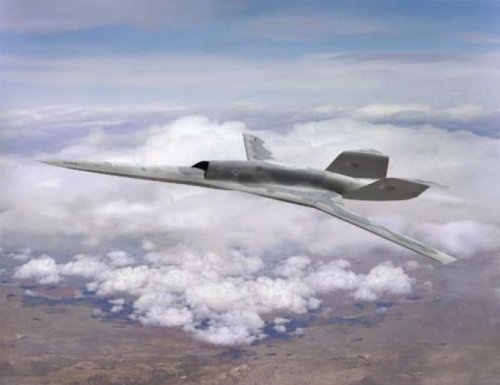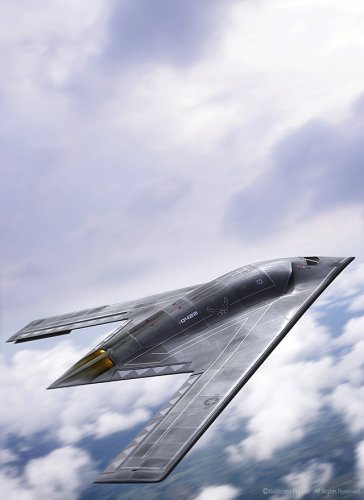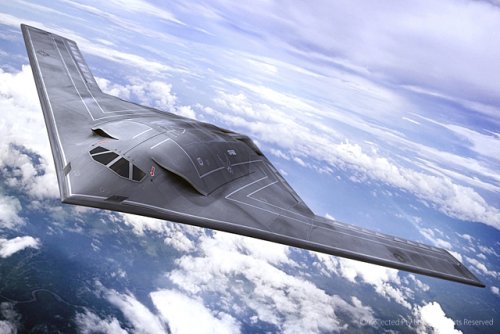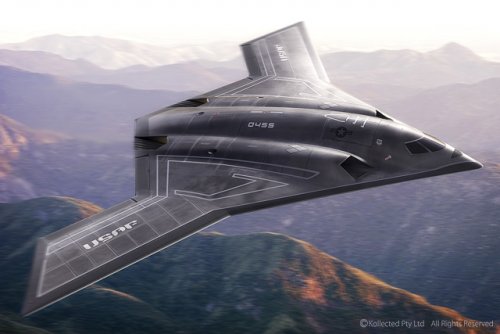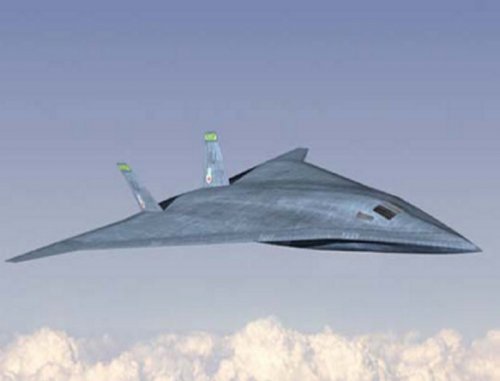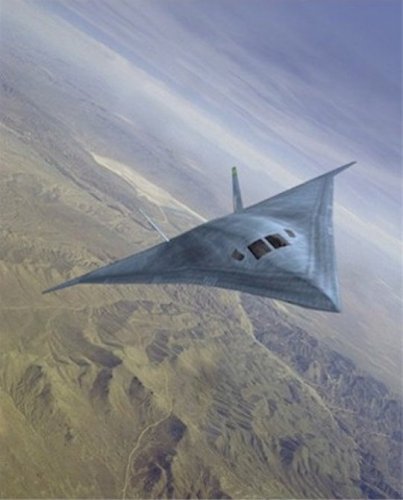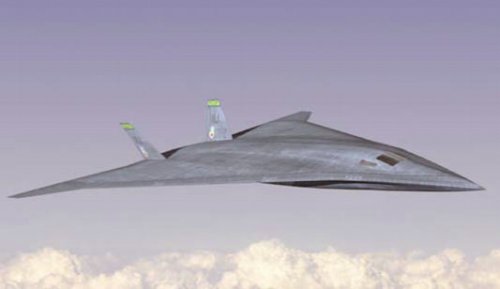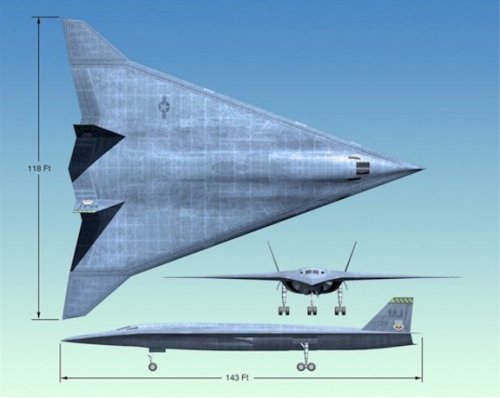From Aviation Week: Command Chief Not Involved In New Bomber Nov 10, 2010
By Amy Butler
The general officer overseeing the new U.S. Air Force command established to organize, train and equip the service’s strike forces is not involved in the day-to-day planning for a multibillion-dollar, next-generation bomber.
“Most of the work on Long-Range Strike and the follow-on is taking place within this city. Our focus is on the sustainment and modernization of B-52 and B-2,” Air Force Global Strike Command chief Lt. Gen. Frank Klotz tells reporters during a Nov. 9 Defense Writers’ Group breakfast in Washington. “I’m down there in Barksdale AFB, Louisiana, and I’m just not in the planning that is going on in the Pentagon.”
Officials at Air Force headquarters in the Pentagon would not say who is managing the requirements process for the next-generation bomber.
A new so-called Long Range Strike system has been repeatedly requested by Air Force leadership for nearly a decade, but Defense Secretary Robert Gates has halted the program for further study. Now, Air Force officials seem more optimistic a formal procurement will go forward, but the service has not publicly articulated basic requirements — such as payload size, range, low-observability needs and whether the aircraft could be unmanned — that will dictate how industry should design the platform.
Klotz says the command, which was activated in August 2009, is busy growing and establishing its bureaucracy, such as budgeting and requirements offices. And, command officials are daily overseeing stewardship of the Air Force’s nuclear weapons, which have been under scrutiny since mishaps in recent years.
Command officials are not, however, providing input for requirements for the next-generation bomber, he says. “We are a brand new command. A year ago we had 47 people in that headquarters,” Klotz said. “Now we are a full-up headquarters and we have a full-up programming and requirements [function], and I suspect we will be more involved in this process as times goes on.”
Typically major commands provide requirements to the Air Staff at the Pentagon, which then vets them, seeks approval from service and Pentagon leadership, and hands them off to the acquisition corps for purchase. In the past couple of years, acquisition officials have been invited to sit in on requirements sessions to ensure that operators’ appetites are in line with what can be acquired.
Klotz’s command is providing some planning input for the UH-1N replacement helicopter, which is needed to escort nuclear weapons around the missile fields and support the security missions for ICBMs.
It has also assumed the role of providing advice on a Prompt Global Strike weapon, an ICBM-range conventionally tipped missile, which is being eyed by the Pentagon and Congress to attack some denied areas or specific special targets.
----------------------------------------------------------------
Bolding mine. Here is my advise on Prompt Global Strike, a large Peacekeeper, at least, sized missile able to carry several HTV-2 type warheads global distances. Another option would be a wholly new missile large enough for a southern launch trajectory so as to be distinguishable from ICBM's. And a Minuteman III replacement (because I haven't posted that in about a week

)

